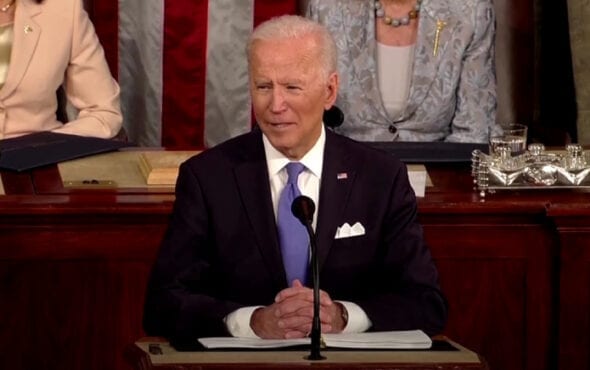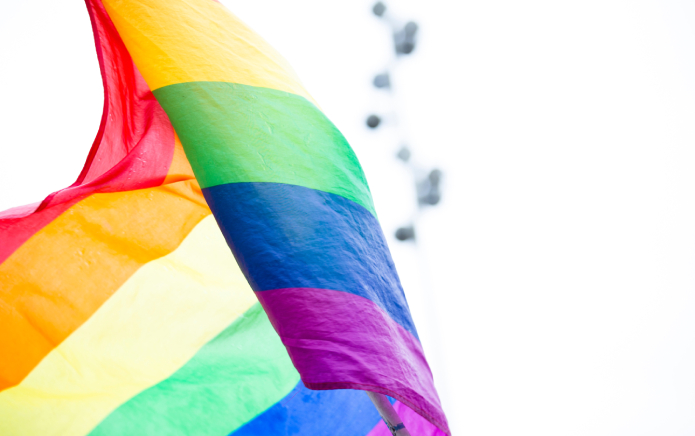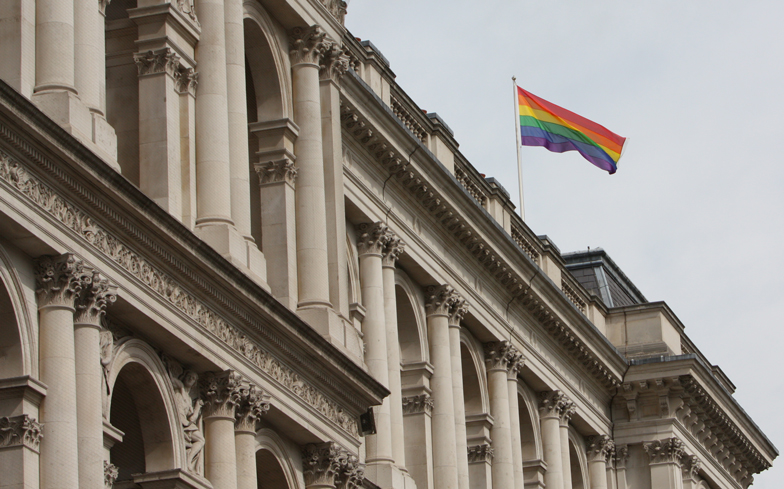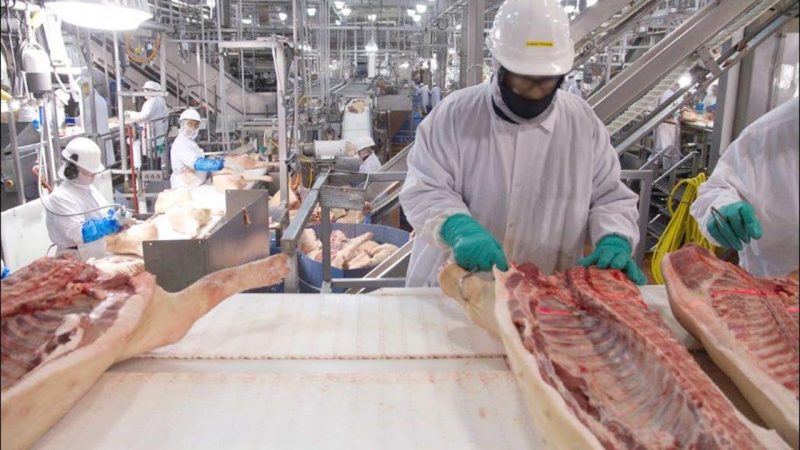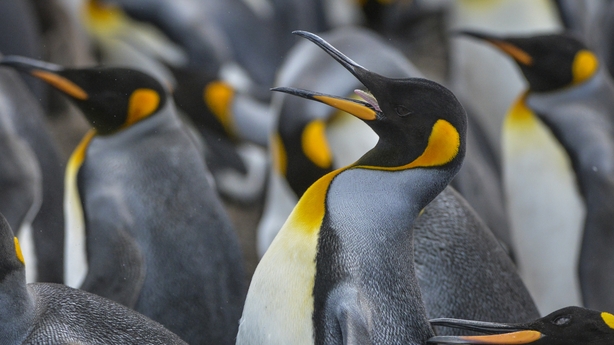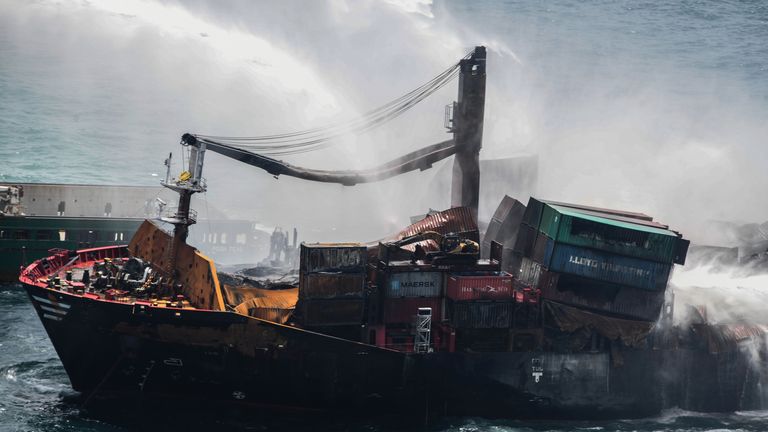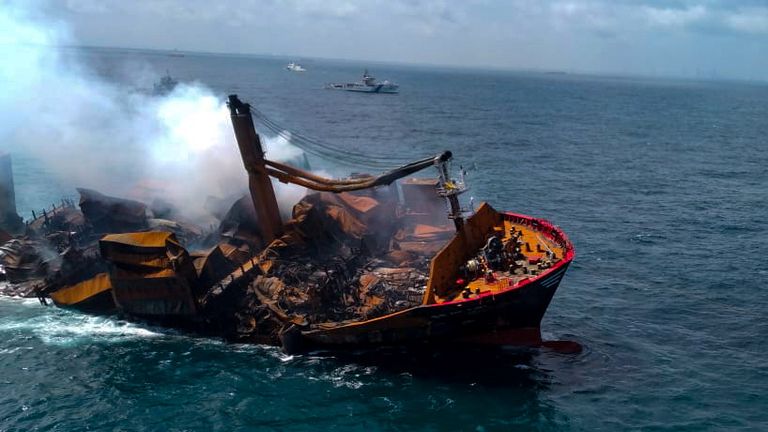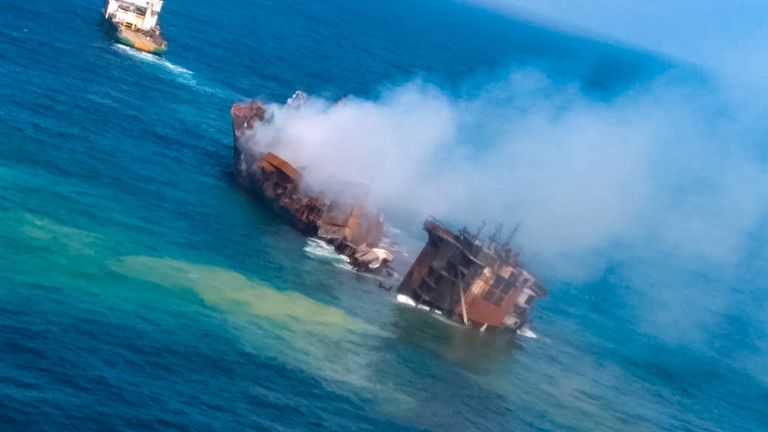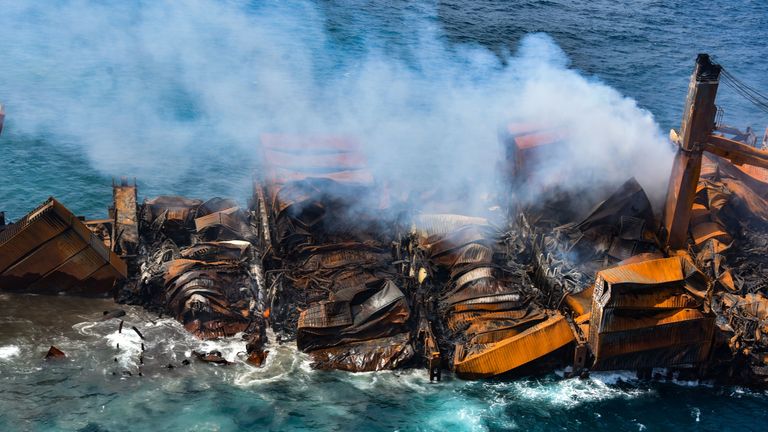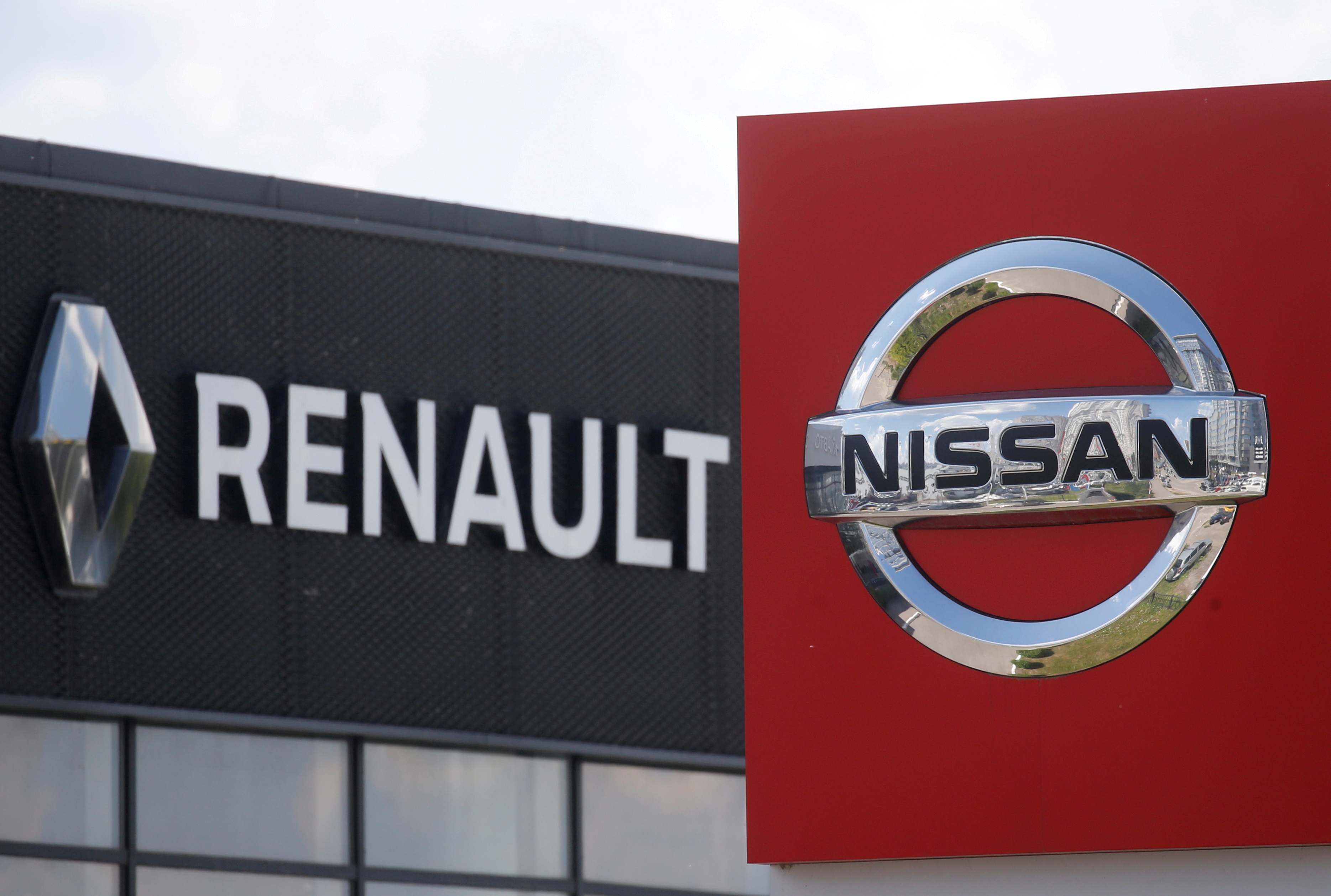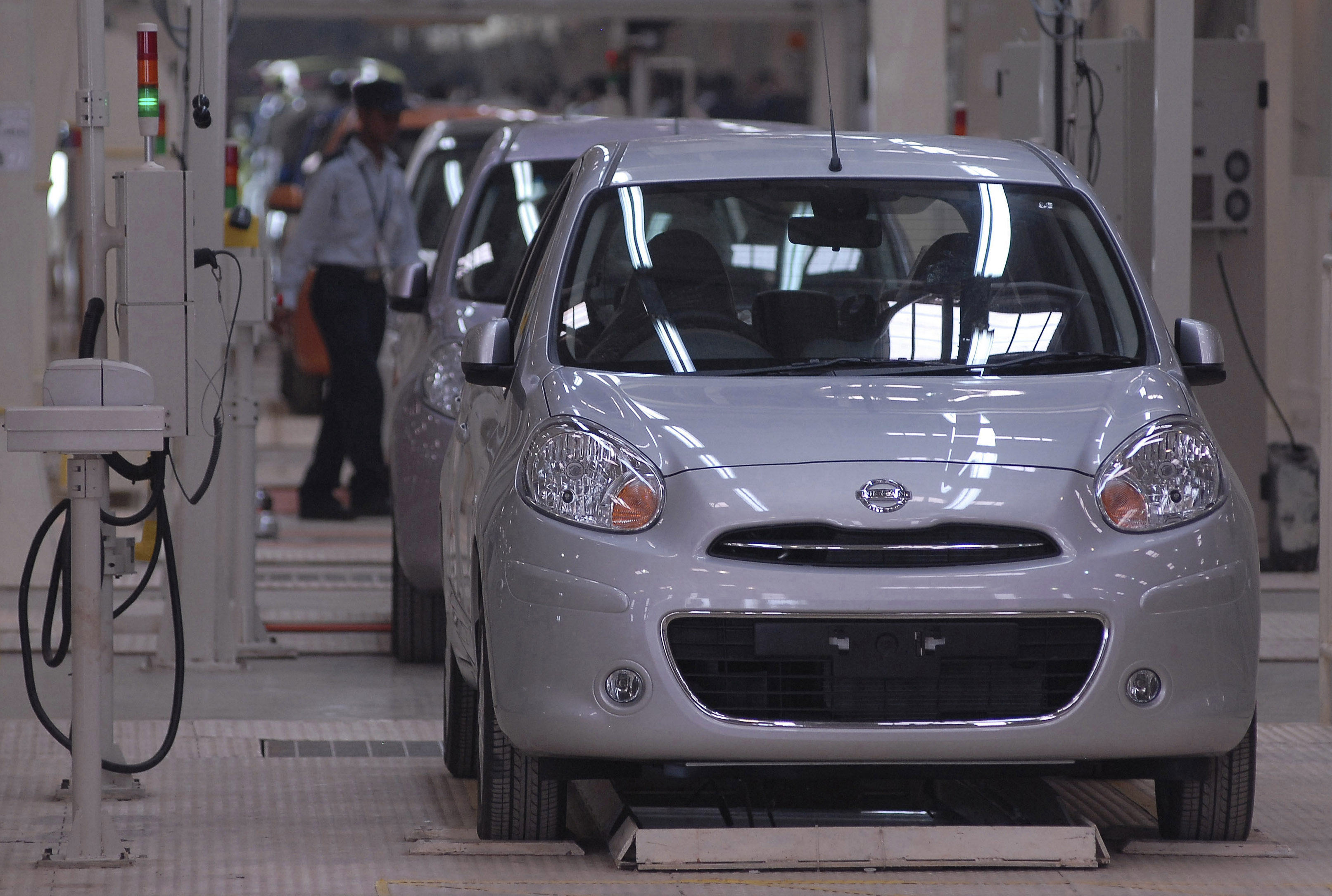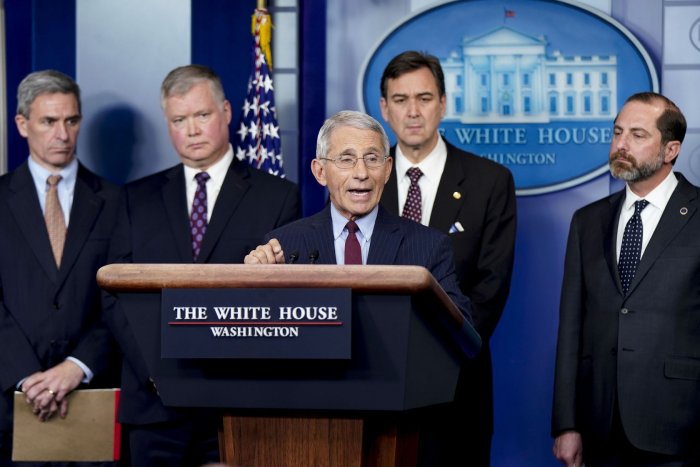A few recent articles have prompted speculation that the pro-Israel tide is turning in the US mainstream media - but what's really needed is a sustained war on the Zionist narrative
Belen Fernandez
2 June 2021

The New York Times has finally cast a spotlight on the Palestinians' plight (AFP)
On 23 May, the New York Times ran a lengthy front-page article titled “The Misery of Life Under Occupation”, recounting the personal stories of various Palestinians in the occupied West Bank and East Jerusalem subjected to lifetimes of misery by the state of Israel.
The article appeared just days after a ceasefire halted the Israeli military’s latest bout of butchery in the Gaza Strip, which killed 248 Palestinians - including 67 children - and was touched off by, inter alia, Israel’s ethnic cleansing operations in the Sheikh Jarrah neighbourhood of occupied East Jerusalem.
Bret Stephens used his own platform at the Times to argue mid-carnage against delusional demands from the left - like an immediate ceasefire in Gaza
Among those profiled in the Times piece was Muhammad Sandouka, 42, who was forced to tear down his own family’s Jerusalem home after being given a choice between do-it-yourself demolition and Israeli government demolition - the latter option also entailing a $10,000 fee to be paid by Sandouka, for the privilege of being made homeless.
The alleged reason for disappearing the Sandouka home: it was interfering with touristic views of the Old City.
Stressing that “no Palestinian is insulated from the occupation’s reach”, the Times writers note that - for the approximately three million Palestinians in the occupied West Bank and East Jerusalem - the impending forcible removal of Palestinian families in Sheikh Jarrah was a “story [that] was exceptional only because it attracted an international spotlight”.
And yet, the front-page story is itself pretty exceptional, appearing as it does in a publication that has long been known for whitewashing Israeli atrocities and portraying the slaughter of Palestinian children as a legitimate component of Israel’s “self-defence”.
The article appeared just days after a ceasefire halted the Israeli military’s latest bout of butchery in the Gaza Strip, which killed 248 Palestinians - including 67 children - and was touched off by, inter alia, Israel’s ethnic cleansing operations in the Sheikh Jarrah neighbourhood of occupied East Jerusalem.
Bret Stephens used his own platform at the Times to argue mid-carnage against delusional demands from the left - like an immediate ceasefire in Gaza
Among those profiled in the Times piece was Muhammad Sandouka, 42, who was forced to tear down his own family’s Jerusalem home after being given a choice between do-it-yourself demolition and Israeli government demolition - the latter option also entailing a $10,000 fee to be paid by Sandouka, for the privilege of being made homeless.
The alleged reason for disappearing the Sandouka home: it was interfering with touristic views of the Old City.
Stressing that “no Palestinian is insulated from the occupation’s reach”, the Times writers note that - for the approximately three million Palestinians in the occupied West Bank and East Jerusalem - the impending forcible removal of Palestinian families in Sheikh Jarrah was a “story [that] was exceptional only because it attracted an international spotlight”.
And yet, the front-page story is itself pretty exceptional, appearing as it does in a publication that has long been known for whitewashing Israeli atrocities and portraying the slaughter of Palestinian children as a legitimate component of Israel’s “self-defence”.
Decades of victimisation
To be sure, the US newspaper of record has never been terribly concerned with humanising the Palestinian story or conveying a reality of more than 70 years of victimisation. This particular article is even more unusual in that, in addition to underscoring the systematic nature of Israeli oppression, it also casts Palestinian violence as a logical outcome of the “occupation’s provocations” - which are a “constant and key driver of the conflict, giving Hamas an excuse to fire rockets or lone-wolf attackers grievances to channel into killings by knives or automobiles”.
Granted, the cause-and-effect relationship could be more rigorously explained, but, as far as western corporate media coverage goes, it certainly beats the normal reduction to “terrorism” of every instance of Palestinian violence occurring in reaction to quantitatively and qualitatively superior Israeli violence - which is what started the whole “conflict” in the first place.

Israeli soldiers detain a Palestinian man during a protest against the seizure of Palestinian farmland by Jewish settlers in the occupied West Bank on 13 January 2021 (AFP) LOOKS MORE LIKE A TEENAGER
Other deviations from the discourse-as-usual have prompted hopeful speculation that the tide may be turning in favour of the truth. At the end of April, Human Rights Watch reported that Israel is “committing the crimes against humanity of apartheid and persecution” - which was not exactly a news flash, but hey, better late than never.
In the aftermath of the report, the use of the apartheid designation and general criticism of Israeli crimes have, it seems, been increasingly mainstreamed. A Washington Post opinion piece by Raphael Mimoun, for example, bears the headline: “Zionism cannot produce a just peace. Only external pressure can end the Israeli apartheid.” Mimoun, who was himself born into a Zionist community in France and later lived in Israel, affirms: “The Israeli occupation of the West Bank is, by every definition, apartheid.”
'Sea change' in US discourse
Another Washington Post article by foreign policy analyst Rula Jebreal helpfully makes clear that the “apartheid” arrangement applies not only to Palestinians under occupation but to Palestinian citizens of Israel, as well, who are also subject to institutionalised discrimination.
Over at the Mondoweiss website, a pleasantly astonished Philip Weiss draws attention to a New York Times op-ed by Basma Ghalayini, who declares that “legitimate resistance cannot be a right only for those Palestinians who believe exclusively in nonviolent self-defence - not in the face of the violence we endure”.
Other deviations from the discourse-as-usual have prompted hopeful speculation that the tide may be turning in favour of the truth. At the end of April, Human Rights Watch reported that Israel is “committing the crimes against humanity of apartheid and persecution” - which was not exactly a news flash, but hey, better late than never.
In the aftermath of the report, the use of the apartheid designation and general criticism of Israeli crimes have, it seems, been increasingly mainstreamed. A Washington Post opinion piece by Raphael Mimoun, for example, bears the headline: “Zionism cannot produce a just peace. Only external pressure can end the Israeli apartheid.” Mimoun, who was himself born into a Zionist community in France and later lived in Israel, affirms: “The Israeli occupation of the West Bank is, by every definition, apartheid.”
'Sea change' in US discourse
Another Washington Post article by foreign policy analyst Rula Jebreal helpfully makes clear that the “apartheid” arrangement applies not only to Palestinians under occupation but to Palestinian citizens of Israel, as well, who are also subject to institutionalised discrimination.
Over at the Mondoweiss website, a pleasantly astonished Philip Weiss draws attention to a New York Times op-ed by Basma Ghalayini, who declares that “legitimate resistance cannot be a right only for those Palestinians who believe exclusively in nonviolent self-defence - not in the face of the violence we endure”.

Sheikh Jarrah: Clashes, scuffles, conflict - western media's euphemisms for Israel's violence Read More »
Weiss remarks: “Some observers speak of a sea change in the American discourse, and of course point to the Congressional Democrats who are willing to challenge the Israeli narrative”. The Financial Times, for its part, reckons that the “conversation on Israel-Palestine is changing”. Add to this all of the social media speculation about “turning tides”.
The thing about tides, though, is that they’re always turning. Take actor Mark Ruffalo, who came in with one Twitter tide (“Sanctions on South Africa helped free its black people - it’s time for sanctions on Israel to free Palestinians”) and went out on the next, after the bloodbath in Gaza (“I have reflected & wanted to apologise for posts during the recent Israel/Hamas fighting that suggested Israel is committing ‘genocide’”…).
Celebrity socialite Paris Hilton also rode a very brief, and immensely befuddling, pro-Palestinian wave on Twitter.
Other celebrities have proved rather more durable - like supermodel sisters Bella and Gigi Hadid and singer Dua Lipa, the featured co-villains of a ludicrous advertisement published in the New York Times about Hamas’s alleged desire for “a second Holocaust”. In other words, the same publication that ran Ghalayini’s piece and the exposé on the “misery of life under occupation” also happily played host to an almost comically fear-mongering campaign to demonise three famous people for supporting Palestinian rights.
Call it the New York Tides.
Cascade of Zionist propaganda
The Times also continues to devote plenty of space to the likes of foreign affairs columnist Thomas Friedman, whose opinions include that it is “logical” for Israel to bomb civilian populations. Following the latest round of carnage, Friedman lamented that “Israel’s use of sophisticated air power, no matter how justified and precise, triggered a set of images and video, in the age of social networks, that inflamed and energized Israel’s critics around the world”.
After all, you can’t get much more precise than 67 children in 11 days. The real culprits in the whole matter, obviously, are the international critics of Israel.
Bret Stephens, meanwhile, used his own platform at the Times to argue mid-carnage against delusional demands from the left - like an immediate ceasefire in Gaza, an end to West Bank settlement construction, and expedited negotiations for Palestinian statehood. Regarding Israel’s crippling and illegal blockade of the Gaza Strip, Stephens wagers that “the end of the so-called blockade… would turn the steady trickle of military equipment into the strip, most of it from Iran, into a cascade”.
Under the guise of objectivity, media outlets have taken to placing more fact-based accounts alongside the traditional cascade of Zionist propaganda
This is the same Stephens who, during the 2014 Israeli assault on Gaza that wiped out 2,251 Palestinians, among them 299 women and 551 children, assured readers of the Wall Street Journal that “Palestine Makes You Dumb” - and that “to argue the Palestinian side, in this war, is to make the case for barbarism”.
Nowadays, the case of the Times illustrates how, under the guise of objectivity, media outlets have taken to placing more fact-based accounts alongside the traditional cascade of Zionist propaganda. But imagine this for a moment: say I own a newspaper, and I run a couple of articles stating that the Earth is round and a bunch of articles stating that the Earth is a trapezoid. In the end, I’m not presenting two equal sides of an argument. I’m either schizophrenic or a liar.
Tidal wave of truth
For all of the mainstream articles out there defending the apartheid designation, there are plenty accusing Human Rights Watch and anyone else using the A-word of antisemitism - a preferred Zionist tactic for drowning out rational discussion.
So what to do to try to ensure that the current prospect of a turning tide doesn’t mutate into a one-step-forward-two-steps-back scenario?
As the authors of the Times article on Sandouka et al write, the occupation’s “provocations do not stop when the fighting ends”. Nor, it bears adding, does Israel’s war on Palestinians ever really end, even when the bombs are not physically raining down.
For starters, then, what’s needed is sustained media coverage of the in-between periods - a war on the Zionist narrative, as it were, and a commitment to dismantling the foundations that have underpinned crimes against humanity for more than seven decades.
In short, what’s needed is a tidal wave of truth.
The views expressed in this article belong to the author and do not necessarily reflect the editorial policy of Middle East Eye.
Belen Fernandez is the author of Exile: Rejecting America and Finding the World and The Imperial Messenger: Thomas Friedman at Work. She is a contributing editor at Jacobin magazine.
